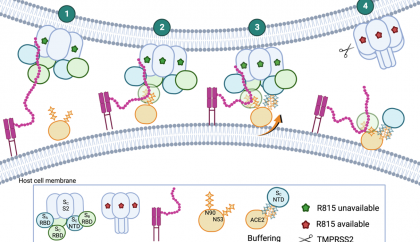
Polysaccharides on Cells: Accomplices in SARS-CoV-2 infection
An international team of scientists in Germany and Italy have published new findings on how specific polysaccharides act as accomplices in …

Special issue: Exploring the chemical compound space with cutting-edge research tools
Targeted and efficient exploration of the vast chemical space in search of new and improved molecules and materials with artificial intelligence …
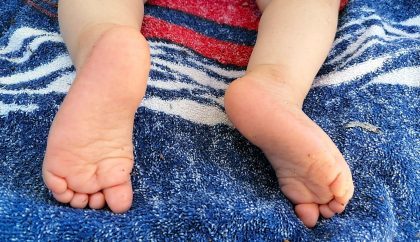
Digital babies created to improve infant healthcare
Researchers at University of Galway, the Heidelberg Institute for Theoretical Studies (HITS) Heidelberg University, and Heidelberg University Hospital have created digital …
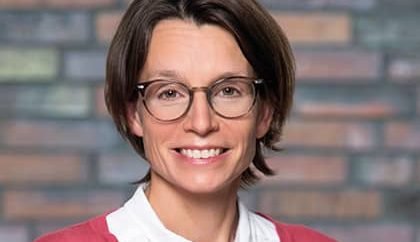
Stretched beyond the limits of the cell: the molecular biomechanics of collagen
HITS researcher Frauke Gräter receives an HFSP Research Grant Award for a project on a novel form of mechanosensing. Together …
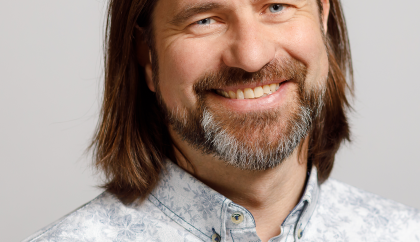
ERC Advanced Grant for SIMPLAIX-PI Andreas Dreuw
SIMPLAIX-PI Andreas Dreuw (Heidelberg University) received an ERC Advanced Grant for his project “High-Performance Computational Photochemistry and Spectroscopy” (HIPERCOPS). It deals …
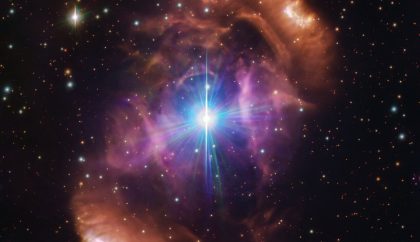
A clear view on magnetic stars through a beautiful nebula
An international team of astronomers have solved a stellar mystery utilizing new data from the European Southern Observatory (ESO), and confirm …
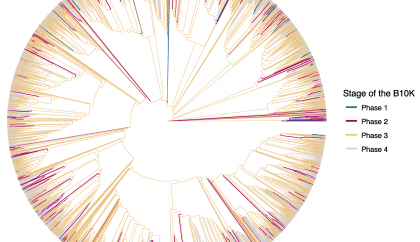
Of bantam brains and fancy footwork: bioinformatics tools help reveal complexity of avian evolution
In 2014 the Science journal featured an article on the bird tree of life, mentioning the essential role of algorithms and supercomputers …
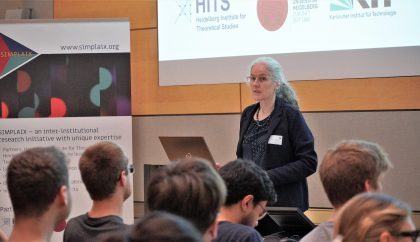
Registration now open: 2nd SIMPLAIX Workshop on “Machine Learning for Multiscale Molecular Modeling”
The 2nd SIMPLAIX Workshop on “Machine Learning for Multiscale Molecular Modeling” will take place in the Studio Villa Bosch in Heidelberg …
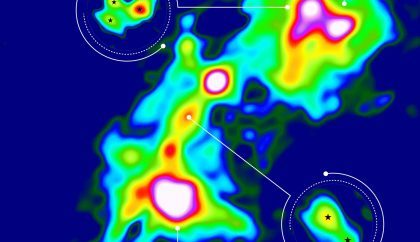
New observations confirm computer models how massive stars are born as multiples
Astrophysicists have predicted the multiplicity of massive star births for a long time. But so far, there was little observational evidence …